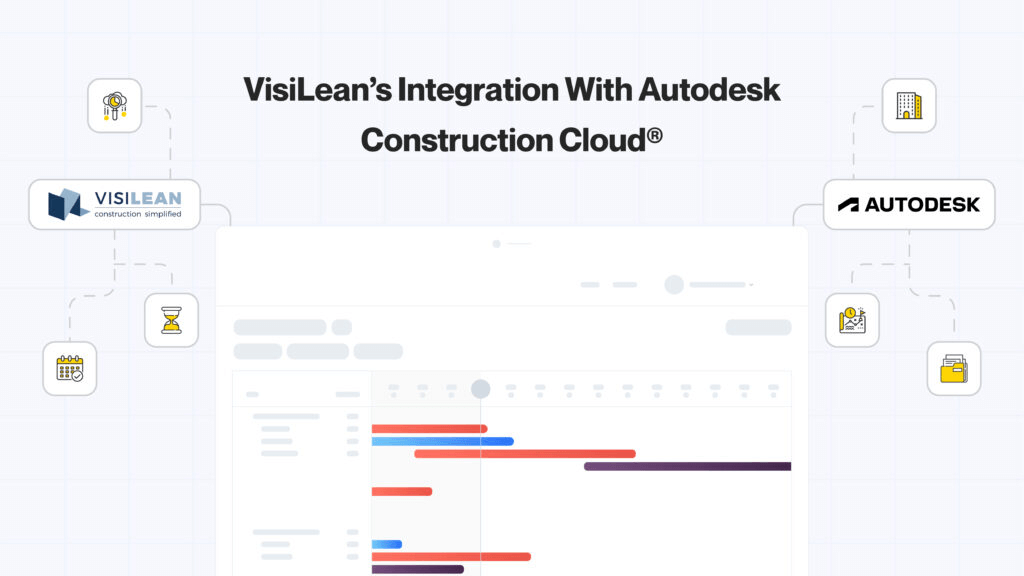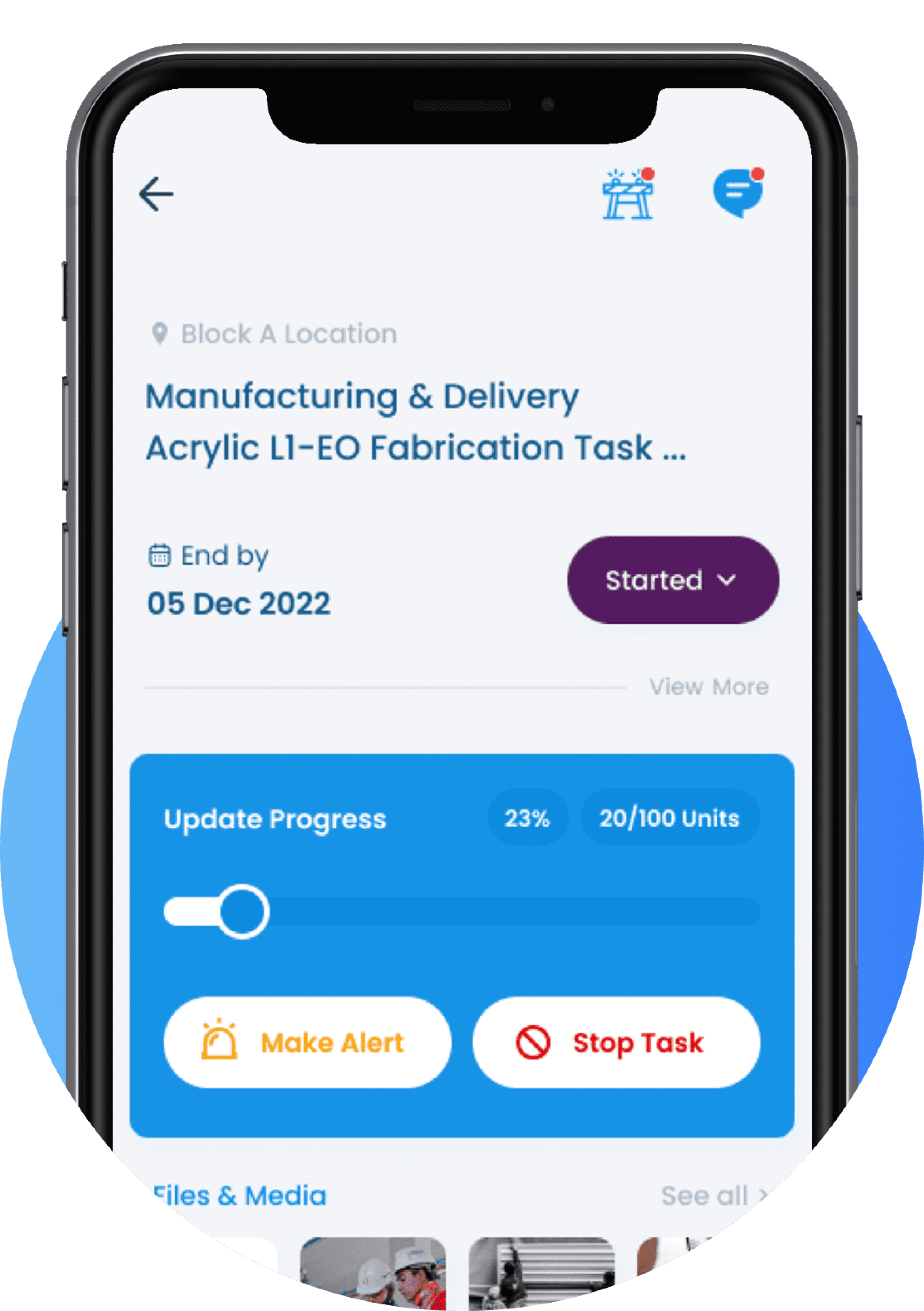When was the last time you visited site and the neat print of the Project Schedule put up on the board at the site office showed an accurate picture of what is actually happening on-site?
The fact of the matter is simple; Construction Schedules rarely highlight the true picture of work being executed.
Can we do without Schedules?
Now before you decide to skip this article altogether, let’s make things a bit more clear – we are not saying project schedules aren’t needed – or that we can do without schedules at all. Schedules are absolutely necessary and do have a critical role to play in projects.
Schedules define the timeframe for the project and accordingly, the work breakdown structure, and the sequence of activities that need to be done. Planners start with the project master plan, defining the key milestones and critical activities that need utmost attention to minimise the overall risk.
This definition helps the supply chain to be aware of what needs to be delivered when, all the way from design to the vendors and consultants.
That being said, Schedules do not help in defining the coordination between the resources and the supply chain in anyway, and so left alone the schedule only does half the job needed.
Construction project Scheduling and Planning are not the same thing.
Planning is more than Scheduling the Sequence of Activities
It is a known fact that construction projects rarely deliver as scheduled. Studies have reported that just 25% of projects came within 10% of their original deadlines in the past 3 years.
These schedules are made based on past experiences and productivity assumptions, overlooking many factors that actually affect the project execution; factors that make each project unique. Yet, the planners operate in silos incessantly spending critical time with Gantt charts, updating baselines and rescheduling the tasks to revise the “critical activities” on a daily basis.
What happens when the Project hits site?
Once the project kicks off, site issues and constraints lead to revisions and delays that start a vicious cycle of schedule updates and never-ending baseline revisions.
The foremen on-site are not clear about the work to be done, or if the resources will be available when the time comes. Project Managers are constantly working with Planners to show a “realistic” picture of the status of the project to the Stakeholders.
The biggest challenge of Input vs Output

While the Planners have the maximum involvement in defining the sequence of work, they have minimum information of the contextual input needed from the project team about the actual progress and challenges on-site. On the other hand, while the site teams have maximum information about site conditions and their experience in the field, they have minimum involvement in planning.
This is the biggest challenge of top-down planning; How can we expect Planners to make realistic schedules?
Balance the “Push” and the “Pull”
While the push-based Schedule is necessary for overall work structuring, it is equally essential to pull the right information from your teams to truly defining the flow of activities to be executed. Teams executing the work can provide critical insights and this can help achieve a balance between the defined targets and their realistic achievements.
With this clarity, teams can collaborate to ensure those targets are met; milestones are not achieved by defining them on a piece of paper. Rather, they are achieved when the teams have clarity on the work to be executed and the challenges that can hinder the delivery of the job.
VisiLean is a cloud-based construction management project management software that enables real time communication and collaboration between your project teams.
Improve your construction project planning and scheduling processes by taking a 30 days fully featured free trial at – https://visilean.com/free-trial/
Want to know more about us? Check out – https://youtu.be/vALoybf0zpM
This blog focussed on why having a master schedule alone does not help in achieving project targets. The next part of the blog will focus on the ways in which you can start to enable this collaboration to successfully balance the push and the pull.







